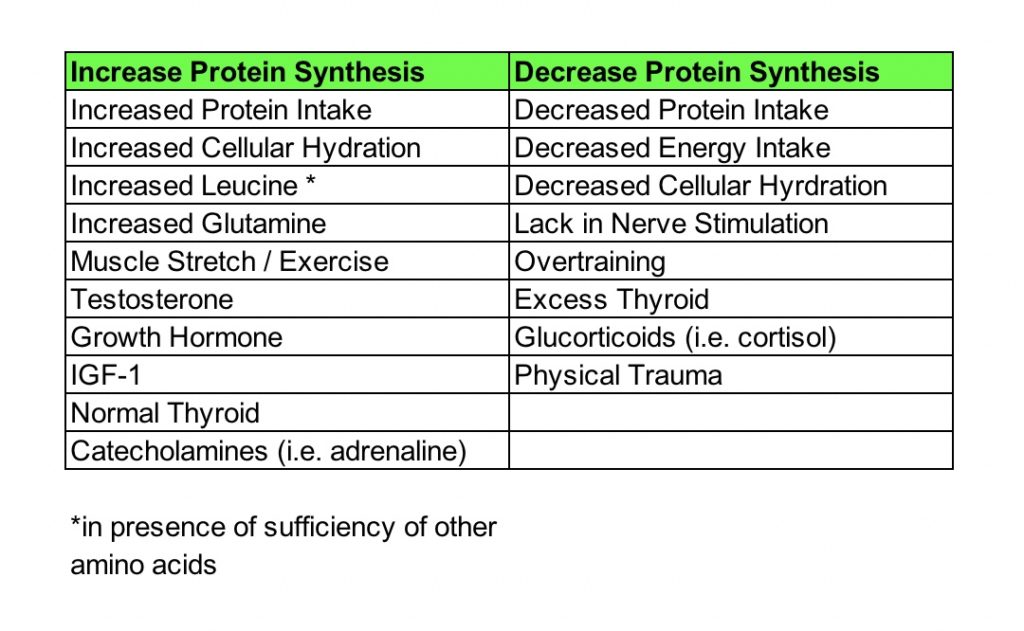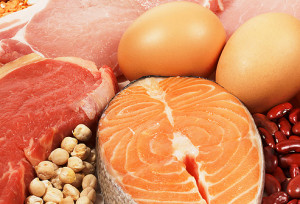3 Things You Absolutely Must Do If You Want To Strip Fat After 40
Yep. Getting older sucks. Gone are the days when all you needed to see some abs was to lay off the junk for a few days. It’s harder to lose that belly fat for sure.
Harder…But not impossible. Here are the 3 most important things you need to do to strip fat after 40.

1. Boost Your Ageing Metabolism
It’s no secret your metabolism slows as you get older. Everyone talks about it. But no one really knows what to do about it.
Your metabolism is tied closely to a few things. Age, Sex, Energy Intake, Muscle Mass, Body Fat, Stress Levels, Lack of sleep, Hormonal Profile…no wonder why it’s so confusing!
Unfortunately, there’s a little bit more to fat loss than just dropping a few calories. This becomes even more apparent as you get older.
One of the biggest mistakes people make in their fat loss efforts as they age is they drop their food too much. You might not actually be eating enough food as it is – or not enough of the right food anyway – and that might be precisely part of the problem!
Truth is there are specific strategies available to maximise your food intake, boost your metabolism AND decrease body fat all at the same time. Specific nutrition principles that work to help you eat more food and consume less while doing it. In fact, one of the biggest problems most people have at the beginning of the The Silver Fox program is they can’t fit all the food in! If you want your metabolism firing on all cylinders, you need to learn how to eat more. Not less.
The other major component you can influence here is obviously the type of exercise you do. You want to focus on exercise that will work to boost lean mass and strip body fat. Exercise strategies that work to not only maximise energy burned during the workout. But for hours after as well. Up to 4-7% increase over a 24 hour period in some instances. These are the kinds or workouts you want to focus on and these are types of workouts we also focus on during the program.
Boosting your metabolism is therefore critical. And you CAN influence it in a large number of different ways. Nutrition and Exercise are just two of these. There are also ties to the following factors.
2. Boost Your Failing Hormones
Two problems here. Getting older sucks. And the lifestyle that comes with being and adult sucks. And – once again – these are all working against you.
Unfortunately, the hormones that stimulate Fat Loss, Boost Metabolism and Increase Lean Muscle Mass DECREASE.
While hormones that promote Fat Gain, Decrease Metabolism, and Decrease Muscle Mass INCREASE.
Hormones – such as testosterone – that are critical for muscle mass and body fat loss, naturally decline with ageing. To compound the problem, modern lifestyle, lack of activity, lack of sleep and stress all work to further promote the decline and make the situation worse.
At the other end of the spectrum, fat storage hormones such as esteogen, cortisol and insulin are usually pumping through your system and make fat loss even harder. They all work to increase fat, decrease muscle mass and decrease your metabolism.
Your literally accelerating the decline of the good and accelerating the increase of the bad. Talk about your proverbial pushing $hit up hill.
Now, don’t get me wrong. Your overall energy intake is obviously important. BUT it is only important when looked at in conjunction with all of these other factors as well.
It’s quite often said, it’s not just about calorie intake, but calories PLUS hormone optimisation that’s critical.
And this is getting worse as you get older!
Fortunately it’s not all bad news. And the “lifestyle” part of that whole equation has a much greater effect than the natural age related changes do. So, it’s all in your power!
Unfortunately most people only focus on one or two of the critical aspects affecting your metabolism and hormonal environment. Not the whole picture.
The Silver Fox Program ensures all your bases are covered and maximises the strategies to optimise nutrition and training to boost metabolism AND optimise your hormonal environment. By implementing these strategies you can literally turn back your body clock and have it functioning as it was years younger.
As we’ve mentioned a couple of times already. The final missing piece of the puzzle is
3. Manage your Stress and Sleep
I’ve written extensively about the effects chronic stress hormones like cortisol can have on your metabolism and body fat in the past.
I’ve also written recently about the effect that chronically under sleeping can have on your metabolism, fat loss, testosterone levels, etc.
And let’s be honest. These two are BIG lifestyle factors that you definitely can do more about.
Now, don’t get me wrong. I get it. Life is hard. You have work, family, finances, kids, they’re all not going away soon. And we can’t do too much about those external stressors a lot of the time. But we CAN influence our response to these. And control what we have control over.
Again, we look to adopt specific strategies that improve your stress and sleep to offset any of the negative effects these can bring.
Overall. There are many age related changes that are compounded by modern lifestyle. The most important and most powerful of these ARE actually more within your control than you think.
Even though changes take place as you age, you can influence these more than you think. You’re not a slave to your years and you would be surprised at how much you can change in such a short amount of time if you focus your efforts in the right areas.
As mentioned previously. Most programs focus on only one or two of these areas. Don’t underestimate the compounding and interdependent effect these can have on each other to magnify your results.
Nutriton + Exercise = great results
But Proper Nutrition + Correct Exercise + Stress Management + Sleep Optimisation = even greater.
It’s like 1+1+1+1=5.
The Silver Fox Project was developed specifically to combat all of these areas simultaneously. It has all of the nutrition, exercise and lifestyle management strategies to take care of your sluggish metabolism, faltering hormonal system and your stressful and sleepless lifestyle.
Yep. Getting older sucks.
Or, if you’ve seen the latest Jumanji movie “Getting old is a gift..”
Truth is, are you doing enough to take advantage of that gift?

